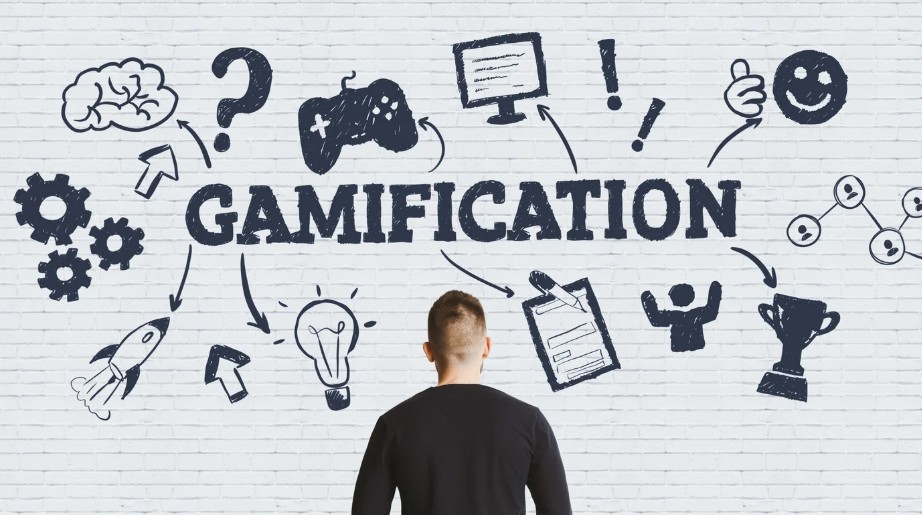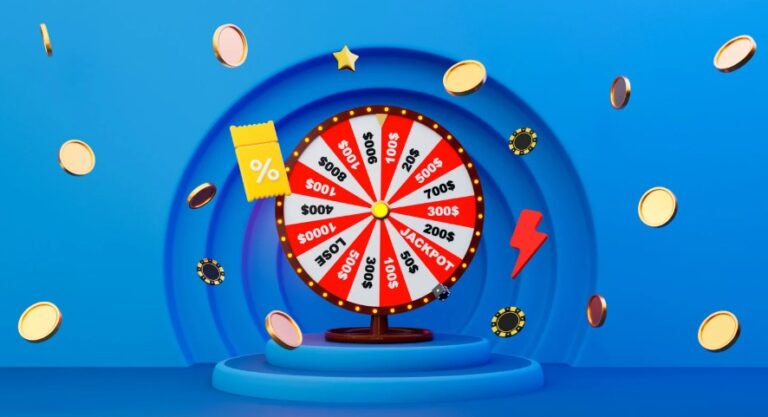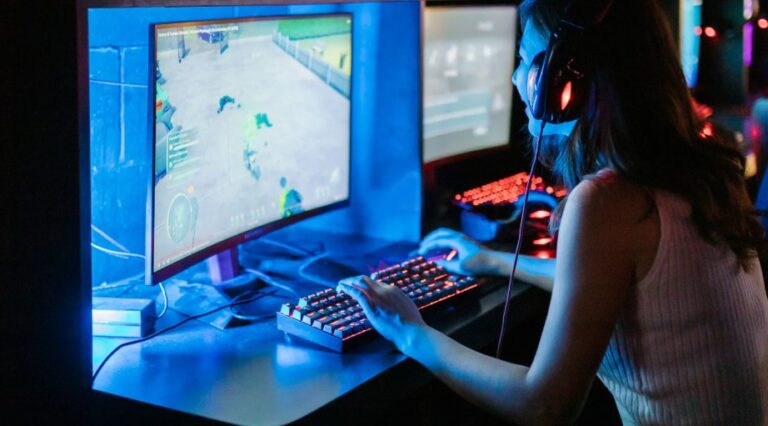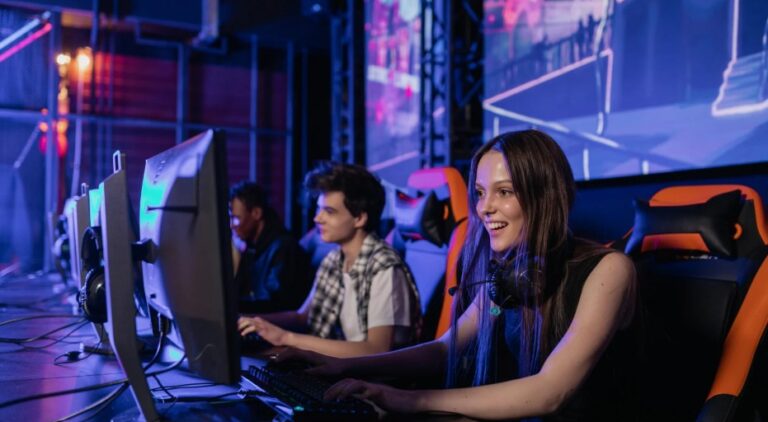Online gambling sites are changing fast. Companies look for fresh methods to grab players and keep them coming back. In 2025, gamification became a serious tool that beats basic point systems and simple rewards. Players now want complex, fun experiences that mix entertainment with real progress.
Basic gaming features changed into advanced gamification. This shift shows how companies now think about keeping players around. Instead of just bonuses and deals, smart platforms build complete systems that work with human nature and social connections.
What Makes Gamification Work?

Gamification succeeds because it hits three basic human wants. People need to feel in control, get better at things, and connect with others. They want power over their gaming, clear steps toward goals, and ways to share wins. The top companies in 2025 get these mental triggers and build sites around them.
Players decide on a platform in their first few minutes. This makes early gamification vital for keeping people long-term. First experiences decide if players come back or look somewhere else.
Different markets keep growing worldwide. Offshore sites stay popular with many players. The best online casinos in the US keep building new gamification features that beat their competition. Players in regulated states can use licensed local sites. Those in other states pick offshore options with full gamification systems and lots of games.
Leaderboards Build Real Competition
Leaderboards work great in 2025, but companies use them much more smartly now. New platforms have changing leaderboards that restart often. This gives more players chances to compete and win. Weekly, daily, and hourly contests keep things exciting and open to everyone.
Smart leaderboards split players by how much they play, spend, or like what games they like. This stops casual players from fighting against big spenders. Fair competition keeps everyone interested. Some sites added team leaderboards where players work together for group wins. This social part builds community.
Live leaderboards with instant updates make things exciting and urgent. Players watch their spot change while they play. This quick feedback feels rewarding. Top players get public praise with their prizes. This feeds the human need for status and recognition.
Achievement Systems That Count
Badges and achievements in 2025 do more than mark simple milestones. Good systems create real paths that show players different parts of the site. Instead of boring achievements, companies design challenges that introduce new game types, payment methods, or social features.
Leveled achievement systems work best. Finishing basic challenges opens harder ones. A player might start with easy slot achievements, then move to tournament participation or social sharing goals. This keeps things fresh and stops achievement burnout.
Making achievements feel earned matters more than giving them away. Players value rewards they work for over free handouts. Good platforms balance easy short-term goals with tough long-term objectives that keep motivation going.
Missions Give Players Purpose
Daily missions and challenges became central to keeping players. These timed tasks give players specific goals each login. This builds habits and regular play. The best missions change based on what individual players like and how they behave.
Good mission systems offer variety. Some focus on playing games, others on trying new features or social interaction. Missions that build over days or weeks create anticipation. Players want to return regularly. Weekly and monthly challenges give longer goals that keep players interested past daily sessions.
Mission rewards should match the work needed. Simple daily tasks might give free spins or bonus credits. Hard weekly challenges could open exclusive tournaments or VIP benefits. Progress should feel natural and rewarding without getting overwhelming.
Social Features Build Communities
Social parts of gamification matter a lot in 2025. Players want to share achievements, compete with friends, and join community events. Sites that add social features will see much higher retention rates and player lifetime value.
Social leaderboards, where players invite friends and make private competitions work well. These features use existing social networks and bring in new players through referrals. Sharing achievements on social media spreads the platform’s reach and gives players recognition beyond the gaming site.
Group contests and shared tasks create tight communities. Players who team up for common goals build friendships that last months. These connections keep people coming back long after the initial excitement wears off. Smart operators run weekly community events where players gather online for group competitions.
How Technology Changed Everything?
Computer systems now watch how people play and adapt accordingly. Each player gets different challenges based on their habits and preferences. Someone who loves poker sees poker missions. Slot fans get slot challenges. This personal touch makes people feel understood.
Multiple-point systems add layers to the experience. Regular points come from daily play. Special tokens unlock premium rewards. Rare currencies buy exclusive items. This variety gives players different ways to progress and achieve goals.
Some sites tell stories through their missions. Players might follow a treasure hunt theme or unlock adventure chapters. These narratives keep people curious about what happens next. Story elements make random tasks feel connected and meaningful.
What Really Works?

The winning platforms figured out that psychology beats flashy graphics. People want to feel they accomplished something real. Empty achievements that anyone can lose their power quickly. Valuable rewards require effort and skill.
Individual goals satisfy competitive players. Group activities build social bonds. Smart sites offer both types of challenges to keep different personalities engaged. This balance prevents boredom and maintains long-term interest.
Limited events create urgency. Special tournaments that last just three days drive immediate action. Exclusive challenges for VIP members make people want to reach higher status levels. These time pressures motivate quick decisions.
Cross-game connections link different activities together. Poker points might unlock slot bonuses. Sports betting achievements could open online casino tournaments. This system encourages exploration and increases total time spent on the platform.
Making It Feel Natural
Good gamification becomes invisible. Players focus on having fun rather than completing artificial tasks. When designers get this right, the system feels like a natural part of gaming rather than an obvious addition.
Reward timing matters enormously. Too easy and rewards lose value. Too hard, and people give up. Each person has a different sweet spot, which explains why personalization works so well.
Seeing others succeed motivates personal effort. Public leaderboards tap into this competitive drive. Achievement showcases let players display their accomplishments. These social elements work when they feel fair and attainable.
The Final Thoughts
Gamification turned online gambling into rich entertainment that goes far beyond simple betting. The approaches that succeed in 2025 understand human nature rather than rely on flashy tricks. Players want genuine progress, fair contests, and social connections.
Sites that provide these through clever leaderboards, meaningful achievements, and community features will win the market. The platforms that last are those that make gamification feel organic and worthwhile, not pushy or artificial.







